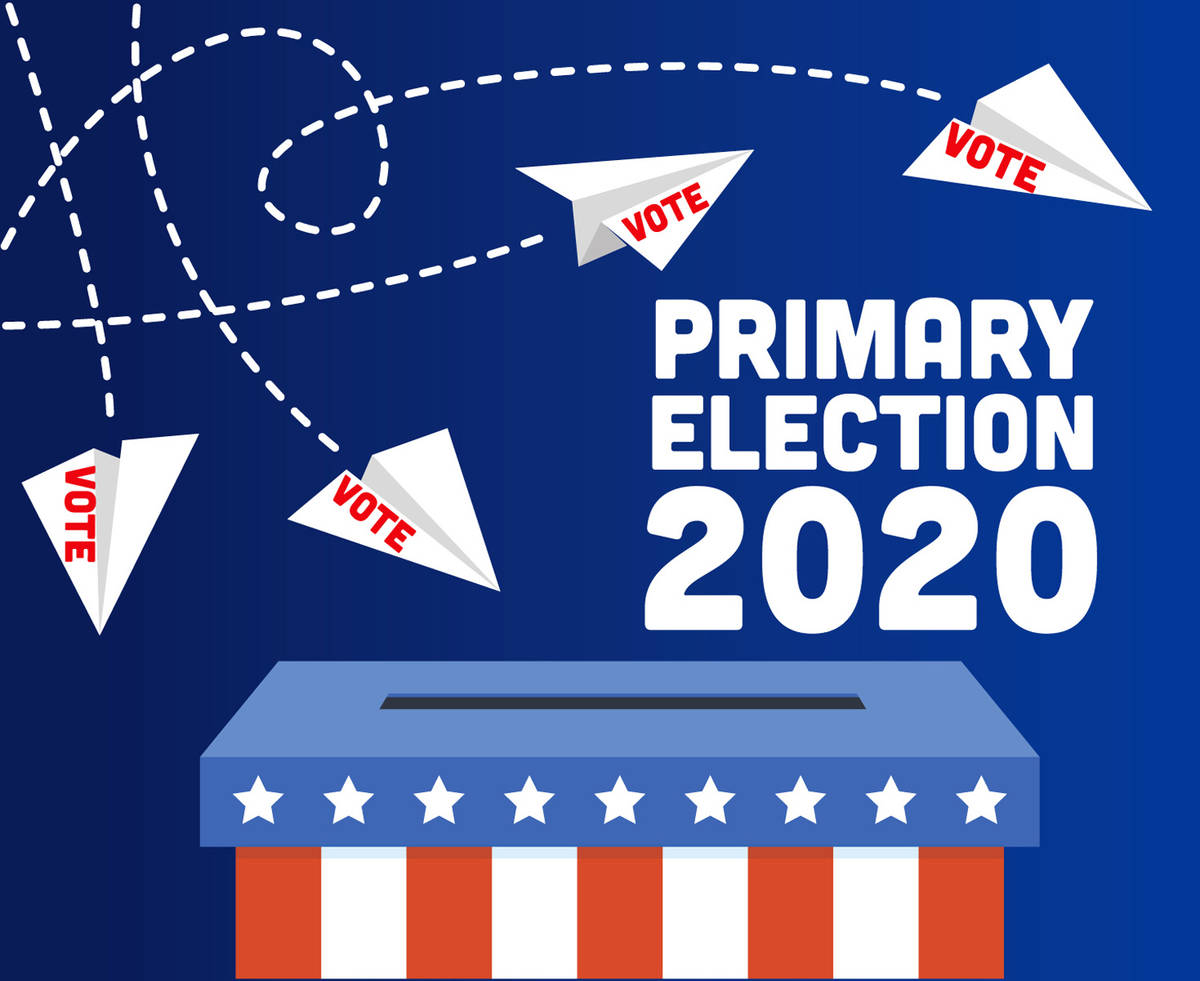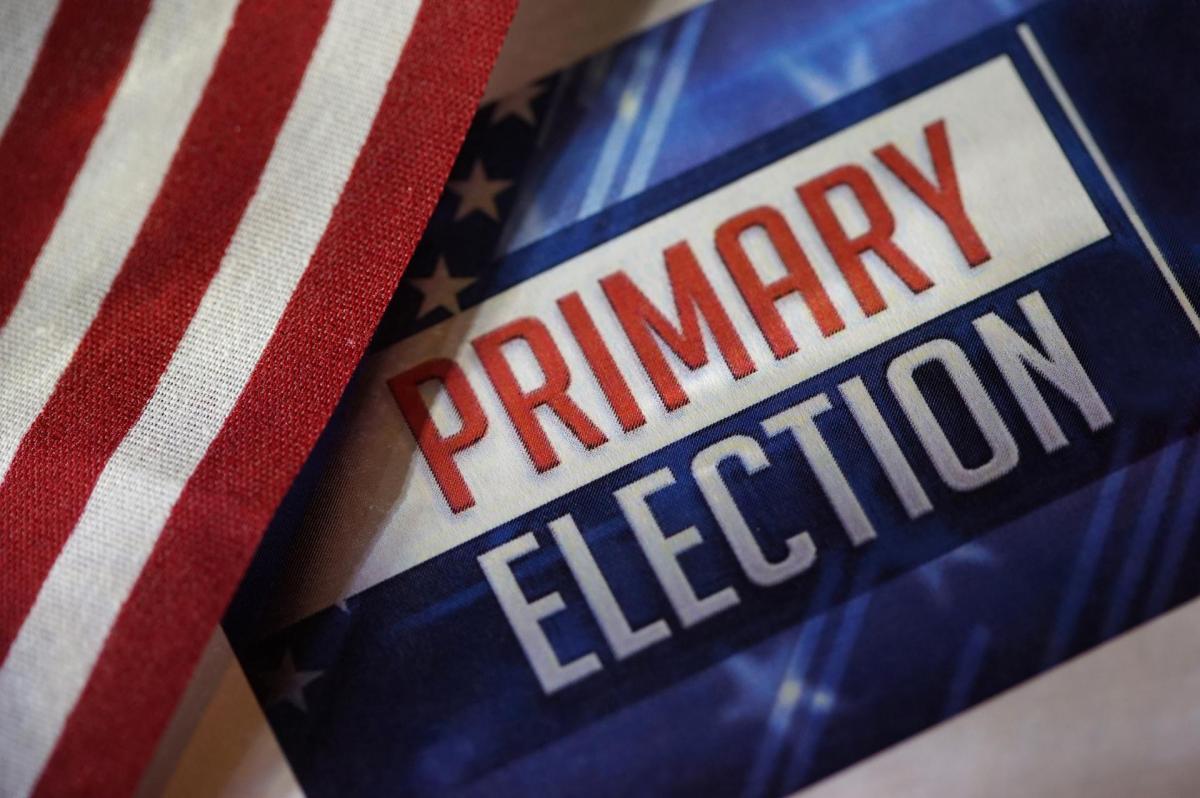The Current State of Primaries

The primary elections in the United States, the first stage of the presidential election process, are currently in a state of flux. The political climate surrounding primaries is characterized by a heightened sense of polarization and a growing dissatisfaction with the status quo. This has led to increased voter participation and a greater focus on issues such as healthcare, the economy, and social justice. The significance of primaries in the overall electoral process cannot be overstated. They serve as a crucial platform for candidates to showcase their policies and gain momentum for the general election. The outcome of primaries often determines the direction of the presidential race and has a significant impact on the political landscape. However, the primary system itself has been subject to criticism for its complexities and its potential to disenfranchise voters.
State Primary Systems
The primary systems of different states vary significantly. Some states utilize a closed primary system, where only registered members of a particular party can vote in that party’s primary. Other states employ an open primary system, allowing voters to choose which party’s primary they wish to participate in, regardless of their party affiliation. Furthermore, some states utilize a semi-closed primary system, where independent voters are allowed to participate in either party’s primary, while registered members of a party are restricted to voting in their own party’s primary. These variations in primary systems can impact the outcome of elections, as they influence the composition of the electorate and the types of candidates who are able to gain traction.
Key Issues Shaping Primaries: Primaries Today

The 2023 primary elections are shaping up to be a fascinating battleground, with a multitude of issues dominating the campaigns. These issues are not only driving voter turnout but also influencing the strategies of candidates, ultimately shaping the political landscape for the upcoming general elections.
The Economy and Inflation
The current economic climate, characterized by high inflation and rising costs of living, is a major concern for voters. This issue has become a central theme in many primary campaigns, with candidates vying to present themselves as the best solution to address these economic challenges.
For example, in the recent Republican primary debates, candidates have been focusing on their plans to reduce inflation and stimulate economic growth. Some have proposed tax cuts, while others have advocated for increased energy production to lower fuel prices. The Democratic candidates, on the other hand, have been emphasizing their commitment to addressing income inequality and expanding access to affordable healthcare. They argue that these policies will help to alleviate the financial burdens faced by many Americans.
The impact of economic issues on voter turnout is significant. Voters are more likely to participate in elections when they feel that the outcome will directly affect their economic well-being. This is particularly true in times of economic uncertainty, as witnessed in recent elections.
Social Issues and Cultural Divide
Social issues, such as abortion rights, gun control, and LGBTQ+ rights, have become increasingly prominent in recent primary elections. These issues have fueled a cultural divide in American society, with candidates taking starkly contrasting positions.
For instance, the issue of abortion rights has been at the forefront of many primary campaigns, particularly after the Supreme Court’s decision to overturn Roe v. Wade. Republican candidates have largely supported restrictions on abortion access, while Democratic candidates have advocated for codifying Roe v. Wade into law.
The impact of social issues on voter turnout is complex. While these issues can mobilize voters on both sides of the divide, they can also lead to voter apathy or even disengagement from the political process. The highly polarized nature of these debates can make it difficult for some voters to feel represented by any of the candidates.
Climate Change and Environmental Protection
Climate change and environmental protection have emerged as significant issues in recent primary elections. This is largely due to the growing awareness of the urgency of addressing climate change and the increasing frequency of extreme weather events.
Candidates have been taking different approaches to addressing climate change. Some have proposed ambitious plans to transition to renewable energy sources and reduce carbon emissions, while others have been more hesitant to embrace such policies. The debate over climate change has also been influenced by the increasing role of environmental groups in political campaigns.
The impact of climate change on voter turnout is likely to increase in the future. As the effects of climate change become more apparent, voters are likely to prioritize candidates who demonstrate a commitment to addressing this issue.
The Future of Primaries

The primary system, a cornerstone of American democracy, is not immune to change. The evolution of technology, evolving voter preferences, and growing concerns about accessibility and representation are all contributing to a dynamic landscape for primaries. This section explores potential changes to the primary system, examines the impact of technology, and presents a hypothetical scenario outlining a potential future for primaries.
Impact of Technology on Primaries and Voter Participation
The influence of technology on primaries is undeniable. Online platforms have revolutionized campaign communication, voter engagement, and information dissemination. This has resulted in increased accessibility for voters, allowing them to participate in primaries from the comfort of their homes.
- Online Voter Registration: Online voter registration systems have streamlined the process of registering to vote, making it easier for individuals to participate in primaries. This has resulted in a notable increase in voter registration rates, particularly among younger generations who are accustomed to online transactions.
- Digital Campaigning: Candidates are leveraging social media platforms like Facebook, Twitter, and Instagram to reach a wider audience and connect with voters directly. This has enabled them to bypass traditional media outlets and engage with voters on their terms.
- Online Voting: While online voting is still in its nascent stages in the United States, some states have experimented with pilot programs. The potential for online voting to increase voter turnout, particularly among younger and tech-savvy demographics, is significant.
Potential Changes to the Primary System, Primaries today
The primary system is undergoing a period of introspection and potential reform. There is a growing debate about the role of primaries in shaping the political landscape and the need for changes to address concerns about accessibility, representation, and the influence of special interests.
- Ranked-Choice Voting: Ranked-choice voting (RCV) allows voters to rank candidates in order of preference. This system can reduce the influence of strategic voting and increase the likelihood that the winner has broad support. Several cities and states have adopted RCV, and there is growing momentum for its nationwide implementation.
- Open Primaries: Open primaries allow voters to participate in the primary election of any party, regardless of their own party affiliation. This can lead to greater voter engagement and potentially moderate the views of the nominees.
- National Primary: A national primary would hold all primary elections on the same day, potentially reducing the length and cost of the primary season. However, this system could also disadvantage candidates from smaller states and create a more media-driven campaign.
A Hypothetical Future for Primaries
Imagine a future where primaries are conducted primarily online, with voters engaging with candidates through interactive platforms and virtual town halls. Ranked-choice voting is the norm, ensuring that the winner has broad support. Open primaries allow for greater voter participation, and a national primary streamlines the process, reducing the length and cost of the primary season. While this scenario may seem futuristic, it reflects the growing influence of technology and the ongoing debate about the future of the primary system.
Primaries today are a crucial step in the democratic process, shaping the landscape of upcoming elections. Minnesota’s primary results, which you can find here , provide a fascinating glimpse into the political climate of the state. As we look ahead, it’s essential to remember that these primaries are just the beginning, and the real battles for power are yet to come.
Primaries today are shaping the political landscape, with voters across the country making their voices heard. In Minnesota, the race is heating up, with key races for governor and senate attracting intense scrutiny. Check out the latest minnesota primary results to see who’s leading the charge.
These results will be crucial in determining the direction of the state’s political future, and they’re a microcosm of the larger national primary picture.
